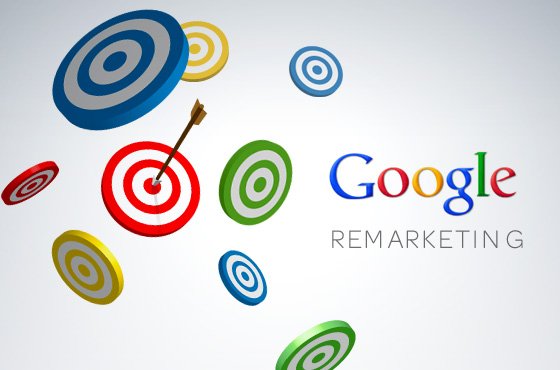In this post, we will see how Google gives away your shopping details to others, what is Google Dynamic Remarketing and how to opt out of Google targeted advertising. By implementing the Google Dynamic Remarketing process, it shows to everyone using your computer what you have been shopping around. For example, if you check out something on the Amazon store, you can see advertisements related to that “something” on all the websites that display advertisements – from TheWindowsClub to Facebook to any other website. Thus, if anyone uses your computer, they know what you have been shopping on the Internet.

Have you not experienced the Amazon syndrome on your computer? Not only the online store can give you recommendations based on what you have been looking around on the web, it also gives you ads for the exact product you have been looking for – using Google Search.
Google Dynamic Remarketing
Google says:
- Remarketing allows you to show adverts to people who have previously visited your website or used your app
- Dynamic remarketing is a step ahead as it shows the exact product they have been looking at on your website or at any place on the Internet, using a Windows laptop or an Android device
- The best thing is that Google can use the search information across devices – be it a Windows-based device or an Android one; if users download any mobile app, Google can display ads related to that mobile app’s purpose/service/product on any other device that employs the same Google account
Google Remarketing is a process that stores user search information in its DoubleClick cookie and pulls up targeted ads from its database and presents them before the users of the Internet. The process is easy for Google Adword users. All they have to do is to create a list of their products and submit the list to Google Adwords in way of a CSV file or upload it manually to the Google Merchant Center.
Read: How to opt out of Facebook Ad Tracking
The remarketing system also determines the size and location of these advertisements. Based on the website format, Google Dynamic Remarketing thinks about which ad to place and where to place it. It also thinks about which format to use and all of it is done even as the website is still loading. The method is fast and assures advertisers, of higher returns on their money.
Related: Opt out and maintain your privacy when using Google Services
How Does Google Remarketing Differ From Normal PPC
Normal PPC ads are displayed based on search terms used by users to reach a website. For example, if the user types “Best Tablets Under $200”, the website will contain ads related to tablets and electronics. If the user typed “how to troubleshoot Windows”, most probably, the ad could be a book related to troubleshooting Windows or a Registry Cleaner and likes.
When it comes to Google Dynamic Remarketing, it is not based on search terms used to reach the website. It depends on the Doubleclick cookie residing on your computer that contains what products you were searching on Google ad partner sites and mobile apps. Thus, it remembers what the user was looking for and employs ads about that product. For example, if you were looking for a 5.1 speaker on any website, online store, YouTube or or even on a mobile app, the website displays speaker ads on different websites instead of using the normal PPC techniques.
Read: Microsoft Personal Data Dashboard lets you decide how Microsoft uses your data
Opt out of Google targeted advertising
Though Google allows you to opt out of targeted advertising on different browsers and devices, it is hard to escape remarketing. There will be Double-Click cookies on your computer and ad networks will make use of that cookie to show relevant ads about products you have been searching for, on the Internet.
You can visit the Google ad settings page to set your options. You can also save your opt-out preference permanently, with this browser plugin from Google and opt out of the DoubleClick cookie. It is available for Edge, Firefox and Chrome web browsers.
Here are a few steps you may follow:
- Use Private Browsing so that all cookies are deleted upon session close; I am not sure if the Google Adwords’ Doubleclick cookies are removed upon session close in InCognito mode so I recommend manual cookie removal using a third party product
- Delete Flash cookies using a third-party product
- Use one of the free VPNs we mentioned on The Windows Club to shop so that your IP address is masked to prevent websites from knowing who you are.
- You can also use the NAI Opt-out Tool to prevent advertising networks from tracking you.
Read: Manage and personalize ad preferences in Microsoft products
Can the Internet really be free? Take a look at the future of the web and the fight between Surfers, Online Advertisers, Ad blockers & Website Owners.
Read: How to stop Amazon ads from stalking you around the web.